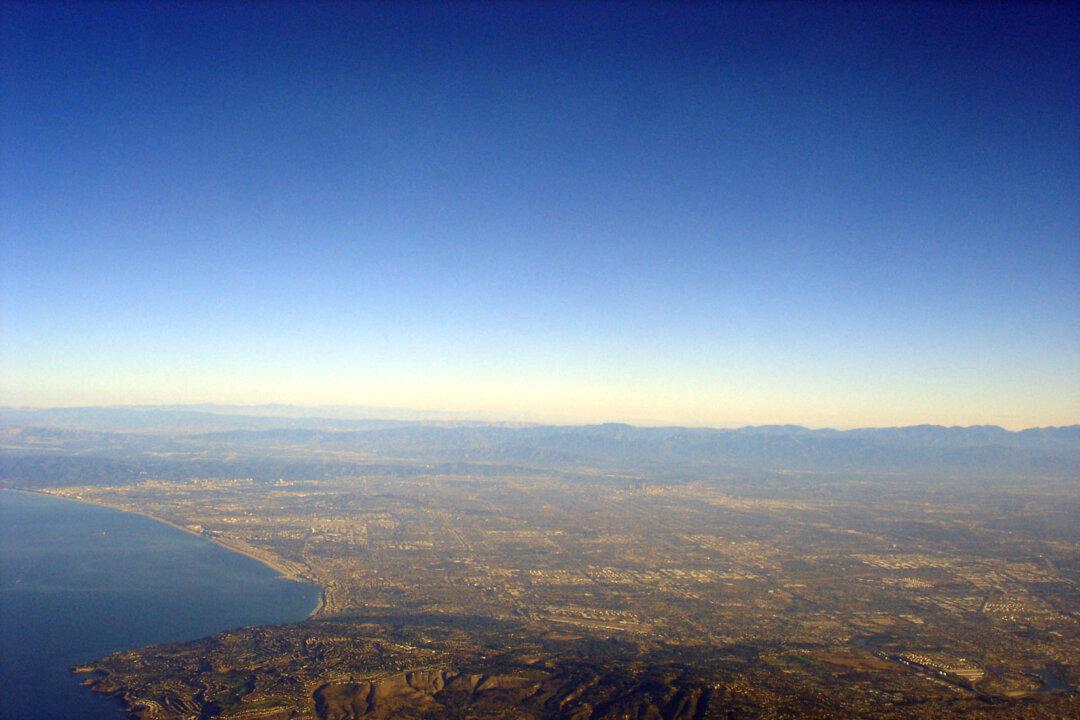The search for helium-3 has been a motivating factor in space exploration, according to the European Space Agency (ESA). “It is thought that this isotope could provide safer nuclear energy in a fusion reactor, since it is not radioactive and would not produce dangerous waste products,” according to the EPA website.
Researchers at the University of California–Santa Barbara announced Monday that they found a surprising helium-3 leak along a fault zone in the Los Angeles Basin. “Considered primordial, 3He [helium-3] is a vestige of the Big Bang. Its only terrestrial source is the mantle. Leakage of 3He suggests that the Newport–Inglewood fault is deeper than scientists previously thought,” stated a university news report.
“The results are unexpected for the area, because the L.A. Basin is different from where most mantle helium anomalies occur,” said Jim Boles, professor emeritus in the Earth science department at the university, according to the report. He said: “This paper shows that the mantle is leaking more at the Newport-Inglewood fault zone than at the San Andreas Fault, which is a new discovery.”
The moon would be a more abundant source of the isotope and the researchers at the University of California–Santa Barbara made no mention of the fault as a suitable mining location for helium-3. The moon has been bombarded with large quantities of helium-3 by the solar wind, according to EPA. Earth, on the other hand, has been protected by a magnetic field.
It is unclear how useful helium-3 will be in developing safer nuclear energy. Geologist Harrison Schmidt of the Apollo program and Gerald Kulcinski at the University of Wisconsin–Madison are among those who think it has great potential. The technology is still being developed and some say it may never work.





